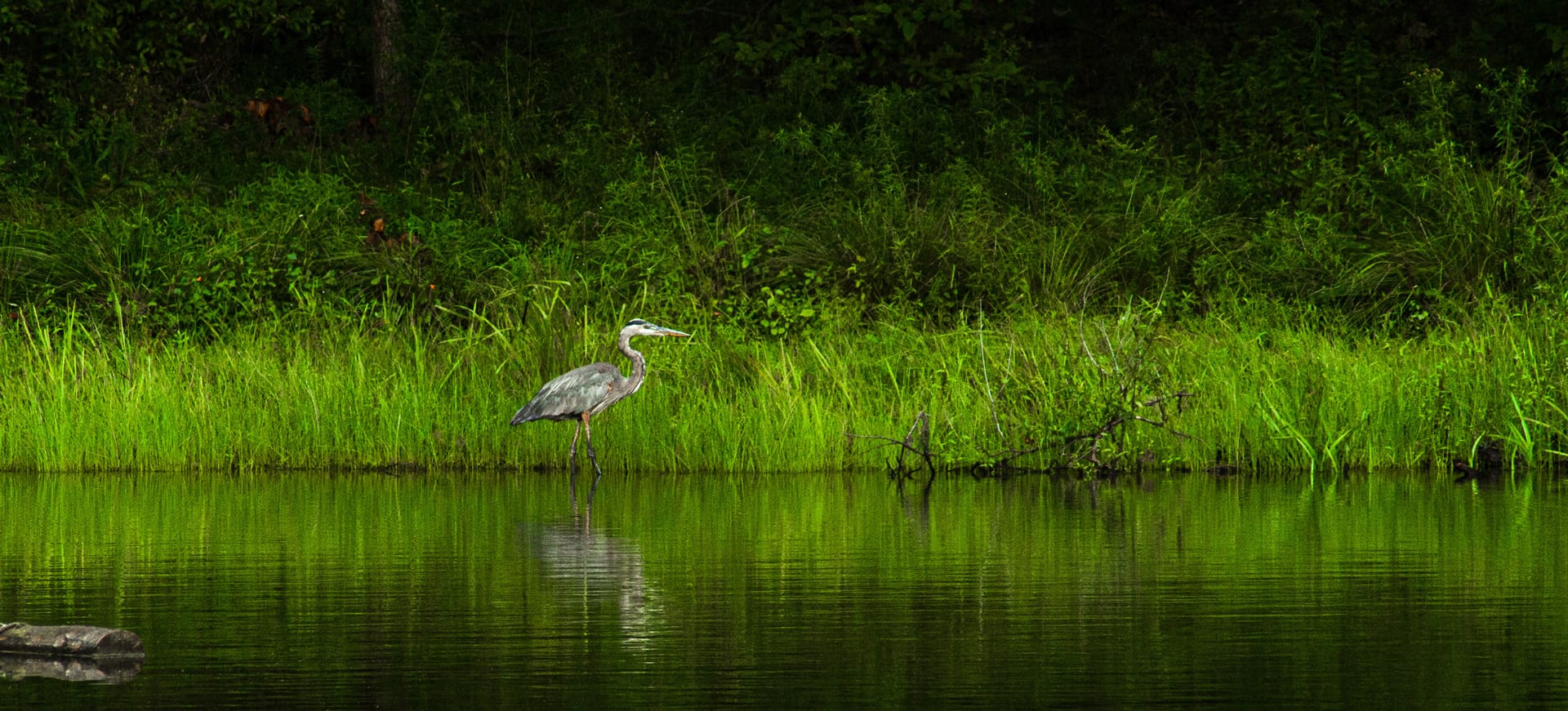Black Rock Forest is home to roughly 160 bird species, both resident and migratory, and is an essential resource for many breeding birds. In 2012 and 2013, Barnard College ecologist Terryanne Maenza-Gmelch and her students, with assistance from Consortium staff, conducted surveys in the Forest to construct seasonal bird inventories and examine the relationship between bird diversity and habitat structure. The Consortium coordinated these results with surveys from Schunnemunk Mountain State Park and lands in the Black Rock Forest-Schunnemunk corridor. Collaborators were the Orange County Land Trust and the Mearns Bird Club. Together, an application to nominate this connectivity area as an Audubon “Important Bird Area” (IBA) was prepared and submitted to Audubon New York.
In June of 2016 Black Rock Forest along with Schunnemunk Mountain State Park were included in the now expanded Harriman-Sterling Forest Audubon Important Bird Area (IBA). The IBA designation establishes Black Rock Forest as an important place for the conservation of threatened bird species, including the cerulean warbler (Dendroica cerulea, severely at risk in New York state), worm-eating warbler (Helmitheros vermivorus, highly at risk), wood thrush (Hylocichla mustelina), blue-winged warbler (Vermivora cyanoptera) and prairie warbler (Setophaga discolor), all at risk in New York State.
Black Rock Forest also has a community of birds that represent a “Responsibility Species Assemblage,” forest birds that New York State has a responsibility for conserving over the long term. For BRF, a deciduous forest, the assemblage includes the sharp-shinned hawk, northern flicker, eastern wood-pewee, least flycatcher, yellow-throated vireo, blue-gray gnatcatcher, black-throated blue warbler, black and white warbler, Louisiana waterthrush, scarlet tanager and the rose-breasted grosbeak.
Visit our Listen to the Forest page for bird songs and calls recorded in Black Rock Forest by the Cornell Lab of Ornithology in collaboration with Dr. Maenza-Gmelch.

